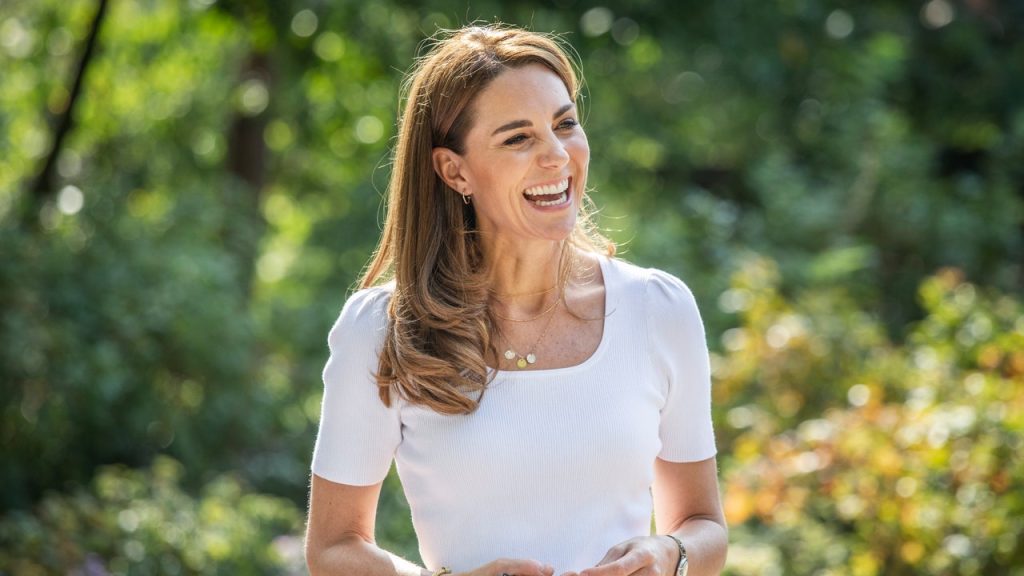The scrutiny and misogynistic treatment of female members of the royal family is not a new phenomenon. Princess Diana faced intense media scrutiny about her body, including her struggle with an eating disorder and the focus on her virginity before marriage. Similarly, Meghan Markle, as a biracial woman, faced negative press attention related to her body, such as criticisms of how she touched her pregnant stomach and her decision not to pose for a postpartum photo like Kate Middleton. This focus on royal women’s bodies can be traced back to the historical importance of fertility and pregnancy for succession within the monarchy.
The royal family’s emphasis on succession and the cult of modern celebrity have created a toxic culture of misogyny, where women are reduced to symbols or bodies rather than being seen as fully human. The historical belief system of the divine right of kings still lingers beneath the glossy façade of the modern monarchy, leading to a lack of empathy and understanding towards royal women. The royals’ distance and perceived superiority further contribute to the public’s lack of empathy towards them, despite the fact that taxpayers fund their lifestyle.
The transactional nature of the relationship between the monarchy and the public adds another layer of complexity to the situation. While there may be an expectation for transparency from the royal family when significant events occur, such as a birth or marriage, the public’s sense of entitlement can also contribute to the invasive scrutiny of royal women’s bodies. The patriarchal nature of the monarchy, with its historical focus on male heirs, further exacerbates this issue, as women are often relegated to supporting roles or objectified for their physical appearance.
It is important to recognize the historical context of the royal family’s fixation on female bodies and the impact of this on the treatment of women within the institution. The pressure to conform to outdated expectations of femininity and reproductive roles can have damaging effects on women’s mental and physical health. By challenging these entrenched norms and holding the media and public accountable for their treatment of royal women, progress can be made towards creating a more inclusive and respectful environment for all members of the royal family.
Ultimately, the public’s fascination with royal women’s bodies reflects larger societal issues around gender, race, and power dynamics. By examining and critiquing the way female royals are treated in the media and by the public, we can work towards dismantling harmful stereotypes and promoting a more equitable and compassionate society. Royal women should be allowed to exist as individuals with agency and autonomy, rather than being objectified or reduced to their physical appearance. The conversation around misogyny and body image within the monarchy is an important part of broader discussions about gender equality and representation in all areas of society.


